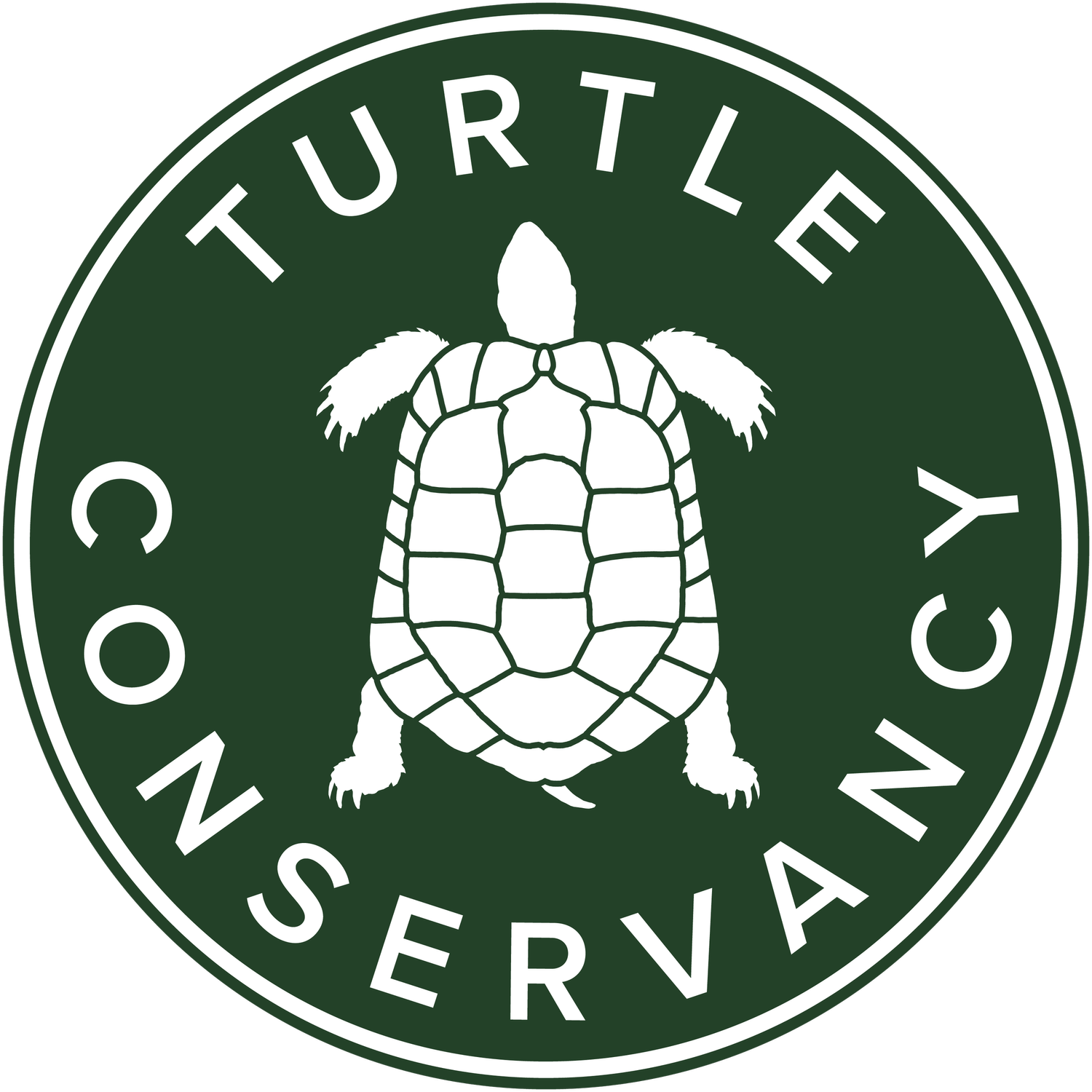Turtle Conservancy Executive Board member Craig Stanford and 50 colleagues have authored a scientific paper detailing the past and present causes of the rapid declines observed in turtle and tortoise populations around the globe. The authors identify patterns of human activity that pose the greatest risk to chelonian biodiversity loss and propose what must be done to mitigate these extinction risks.
SUMMARY:
Turtles and tortoises (chelonians) have been integral components of global ecosystems for about 220 million years and have played important roles in human culture for at least 400,000 years. The chelonian shell is a remarkable evolutionary adaptation, facilitating success in terrestrial, freshwater and marine ecosystems. Today, more than half of the 360 living species and 482 total taxa (species and subspecies combined) are threatened with extinction. This places chelonians among the groups with the highest extinction risk of any sizeable vertebrate group. Turtle populations are declining rapidly due to habitat loss, consumption by humans for food and traditional medicines and collection for the international pet trade. Many taxa could become extinct in this century. Here, we examine survival threats to turtles and tortoises and discuss the interventions that will be needed to prevent widespread extinction in this group in coming decades.



